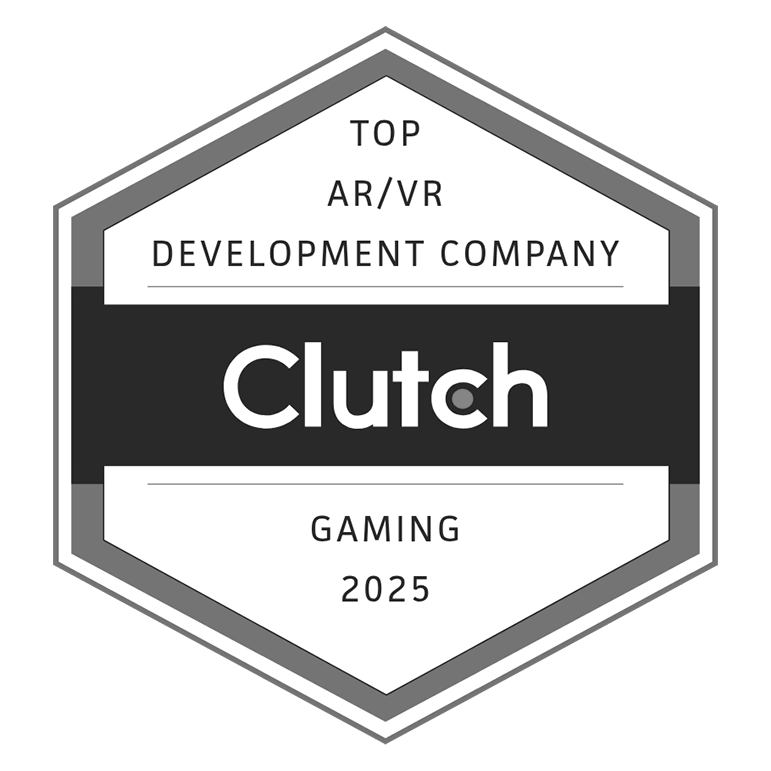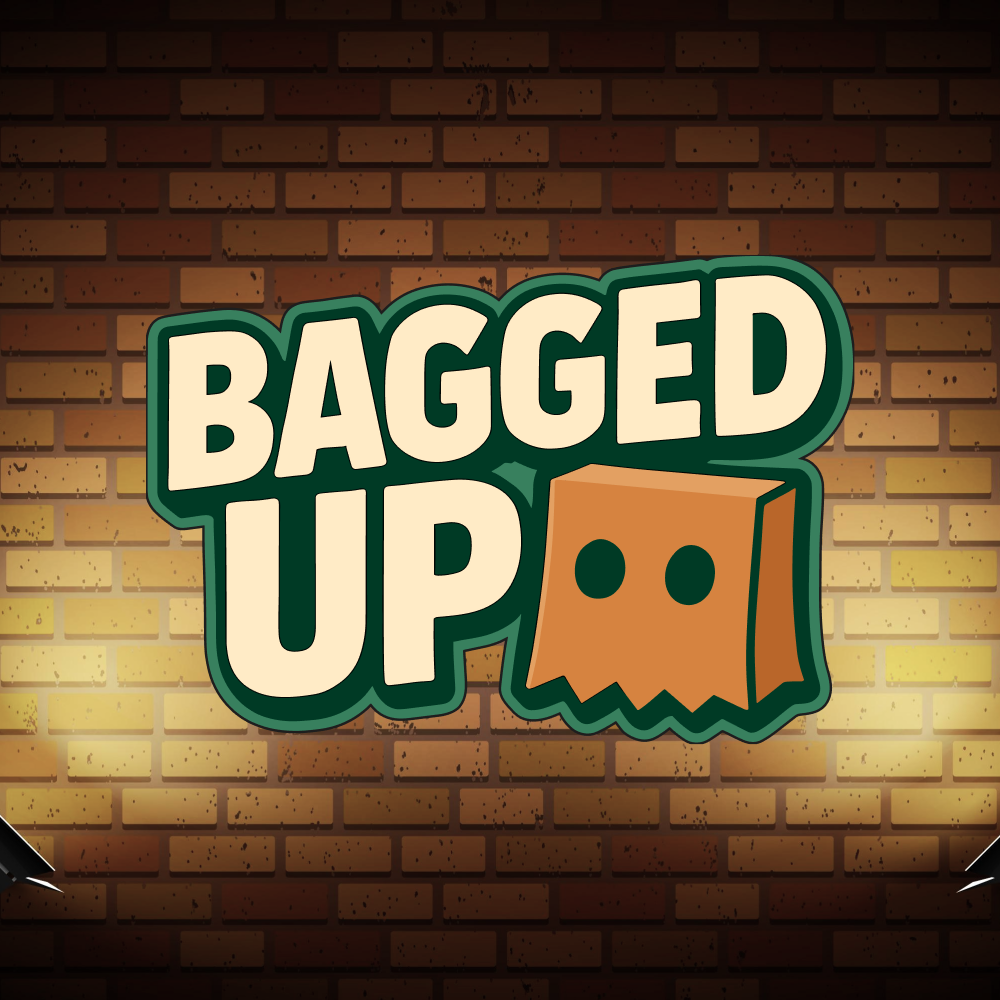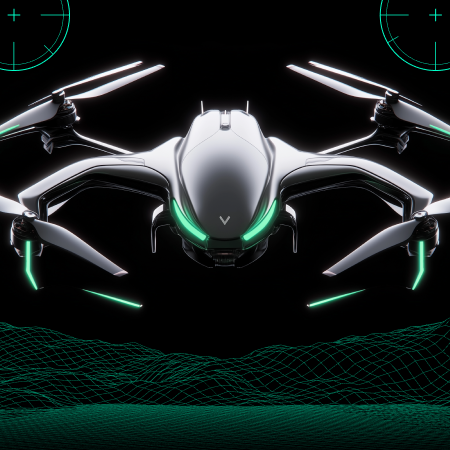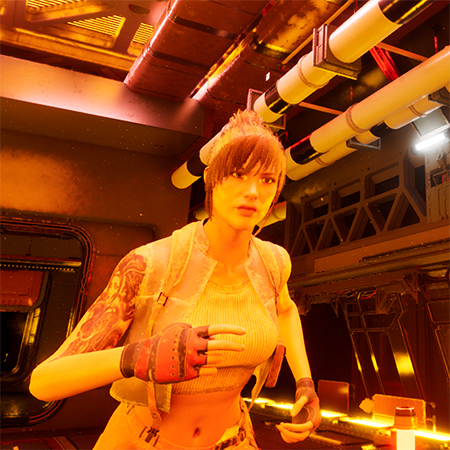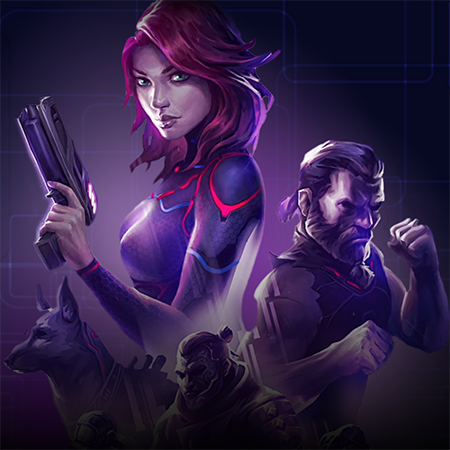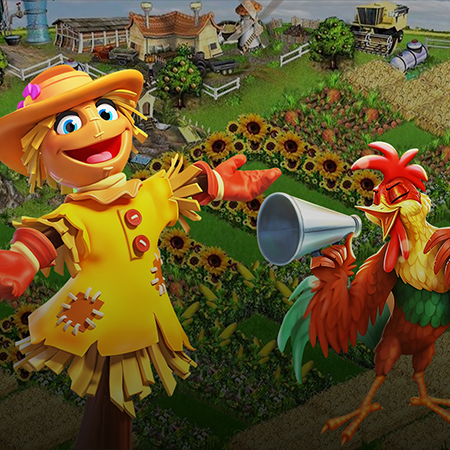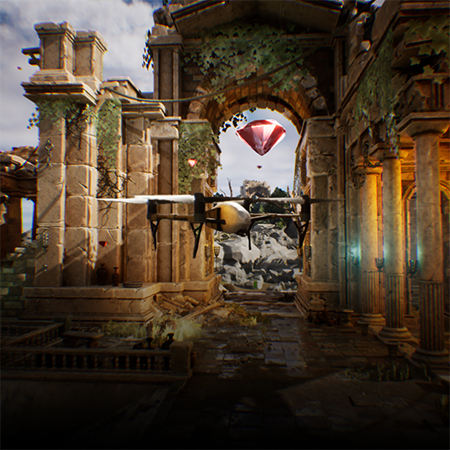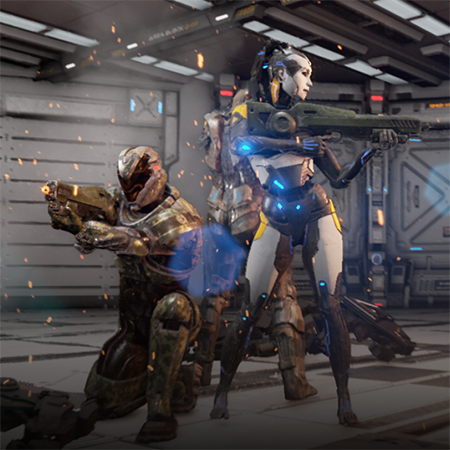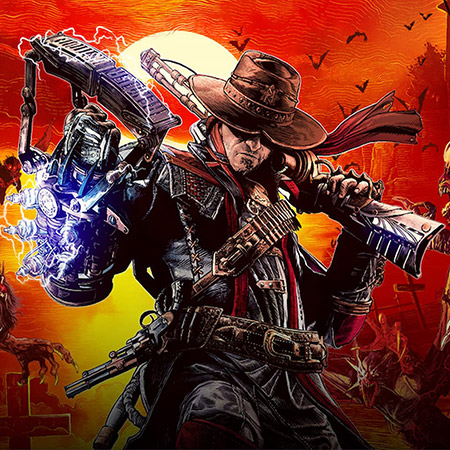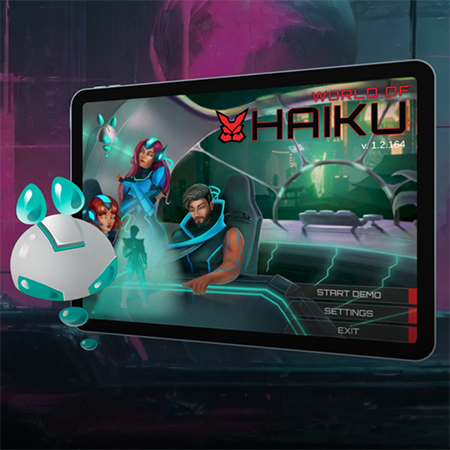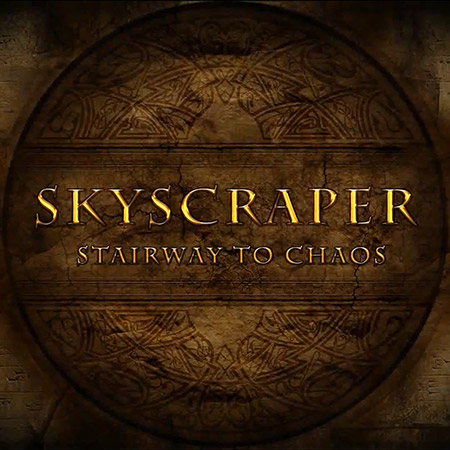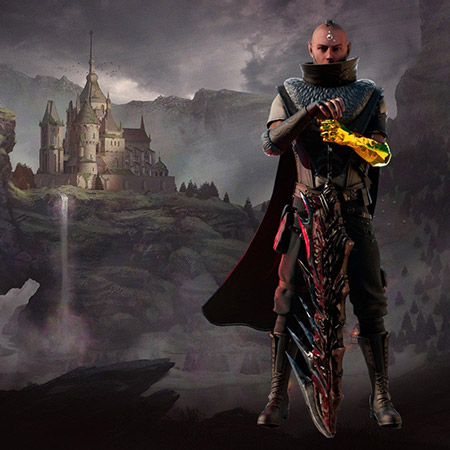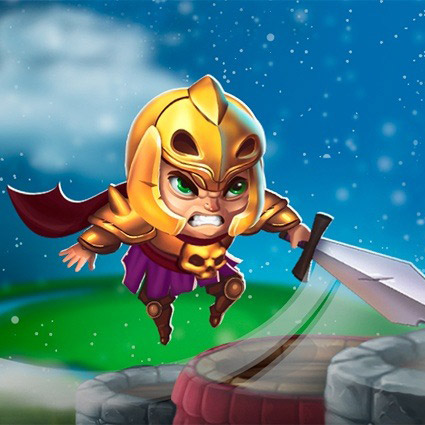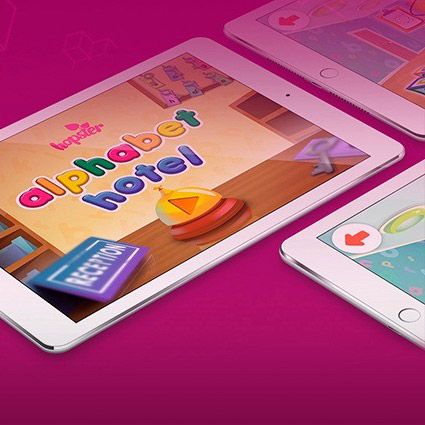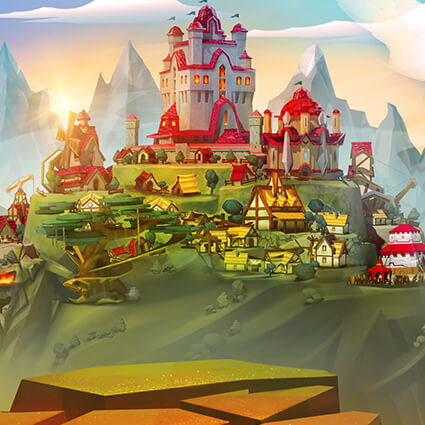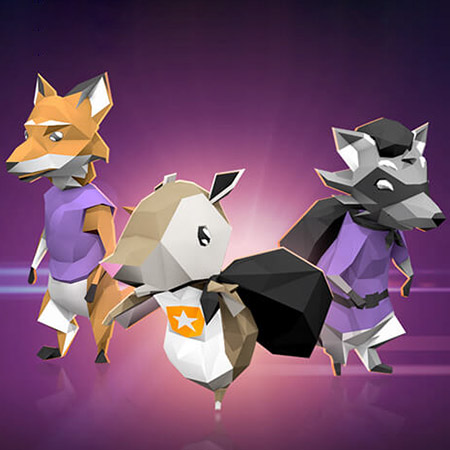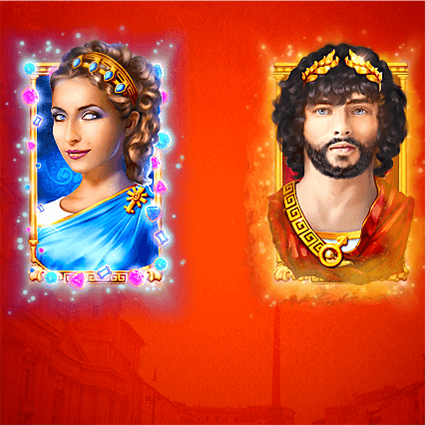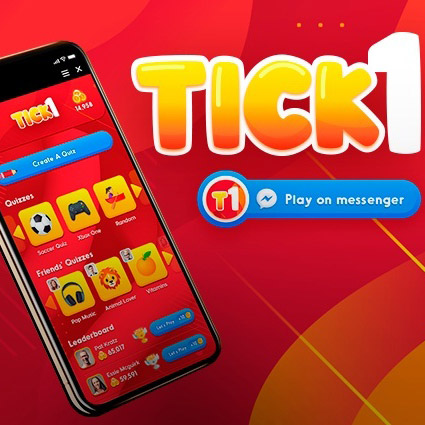Outsourcing 2D animation services can be a strategic decision for many businesses and creators, offering several advantages. Firstly, it provides access to a pool of specialized talent and expertise that might not be available in-house. Animation studios or freelance animators bring a wealth of experience and a diverse skill set, ensuring high-quality output that aligns with the latest trends and techniques in the industry.
Another significant benefit is cost efficiency. Setting up an in-house animation team can be costly, requiring investment in software, hardware, and training. Outsourcing eliminates these overhead costs, allowing for budget flexibility and often resulting in a better return on investment. It also enables scalability; companies can easily scale their animation needs up or down without the constraints of fixed staff and resources.
Outsourcing also offers time-saving advantages. Professional animators with specialized skills can complete projects more quickly and efficiently, allowing businesses to focus on core activities and speeding up the time to market for projects. This is particularly beneficial for companies that do not have animation as their core competency but need high-quality animation for marketing, training, or other purposes.
Moreover, outsourcing provides a fresh, external perspective. External animators can bring new ideas and creative approaches to a project, which can be invaluable for innovation and ensuring that the final product stands out in the market.
In terms of flexibility and collaboration, outsourcing offers the advantage of working with professionals from around the globe, providing access to a wide range of styles and cultural insights, which can be particularly beneficial for projects targeting a global audience.
Finally, outsourcing 2D animation services allows for a focus on customization and client-specific needs. Animation providers often offer tailored services, ensuring that the final product closely aligns with the client's vision and objectives.
















